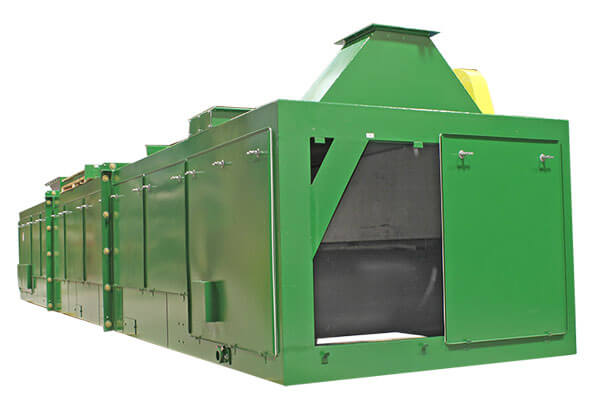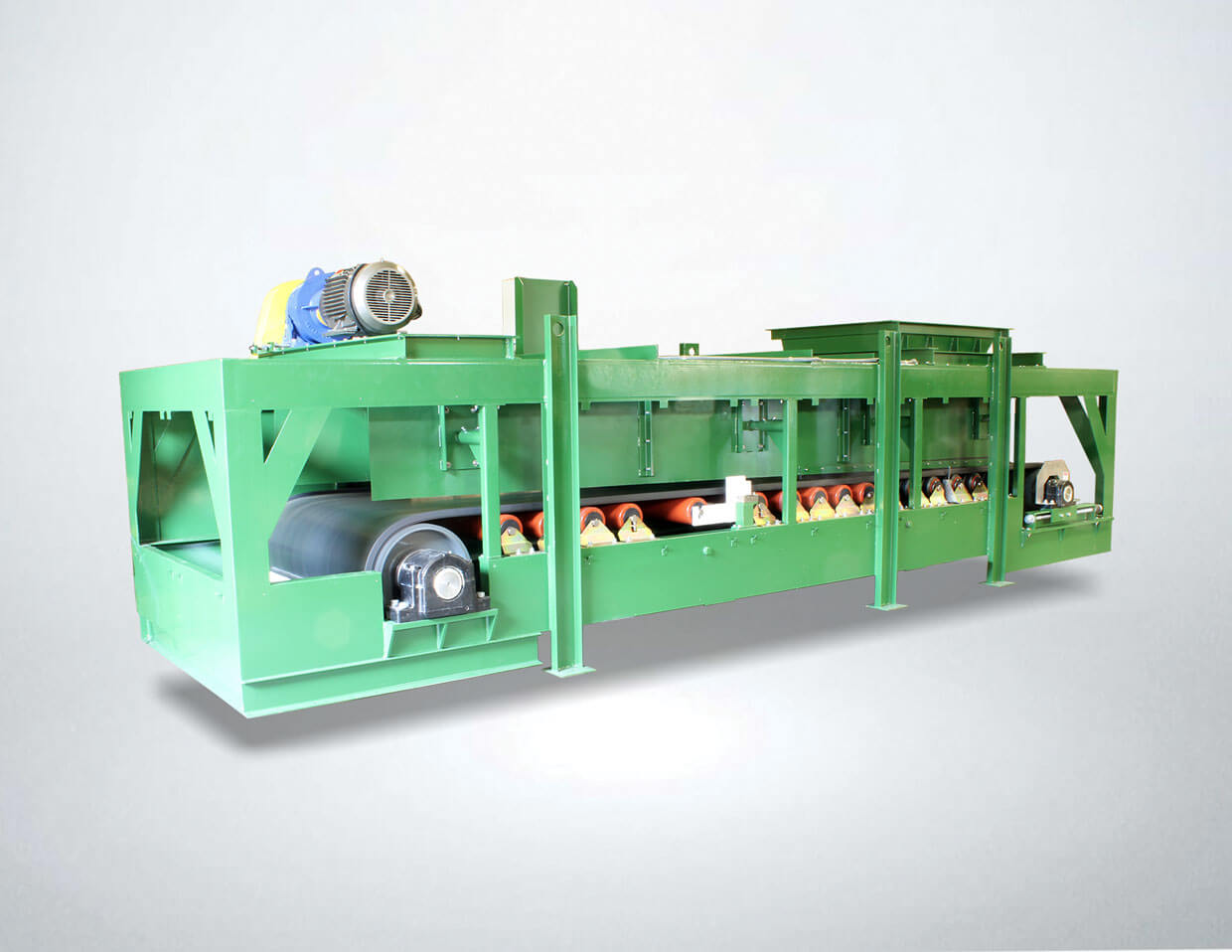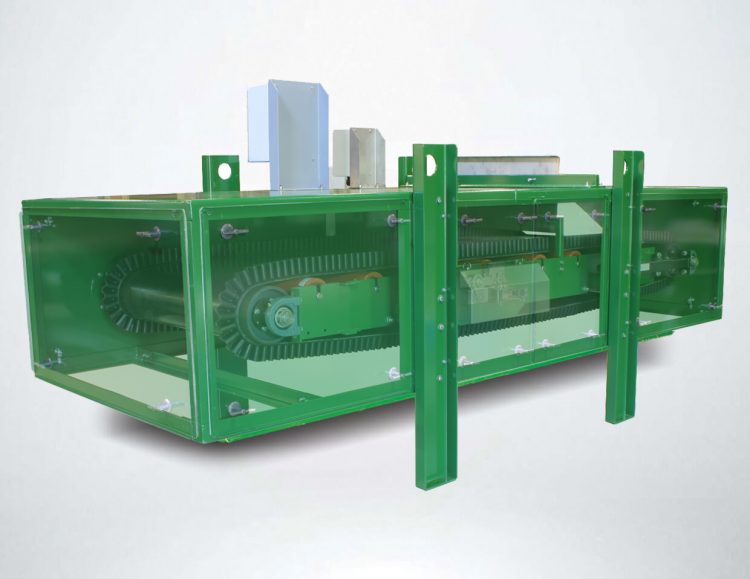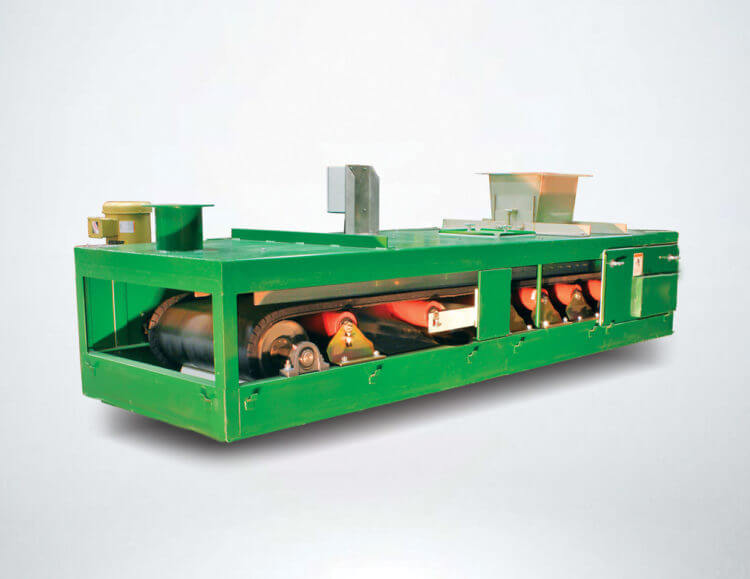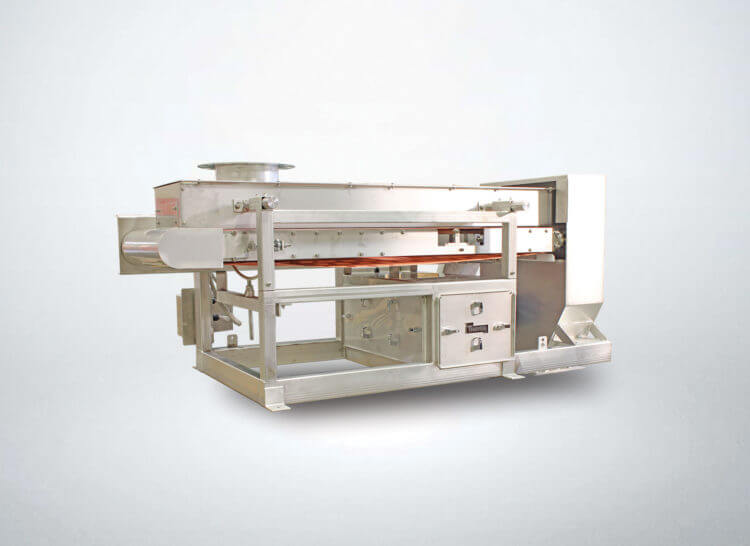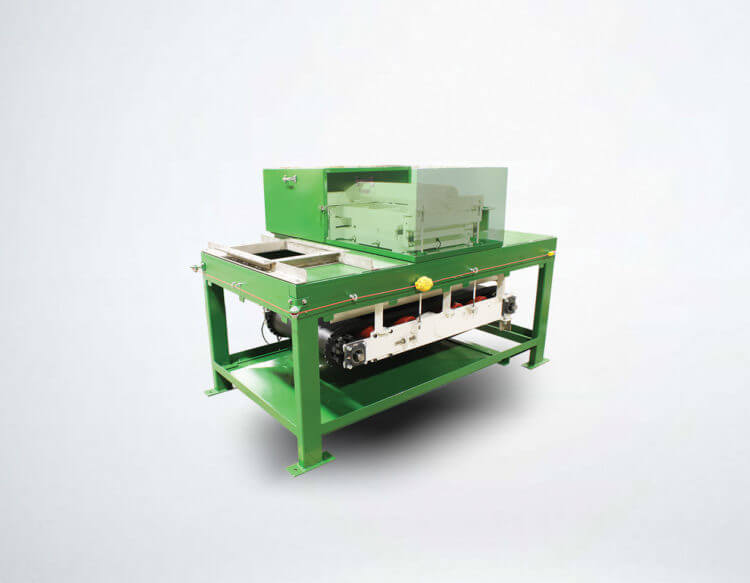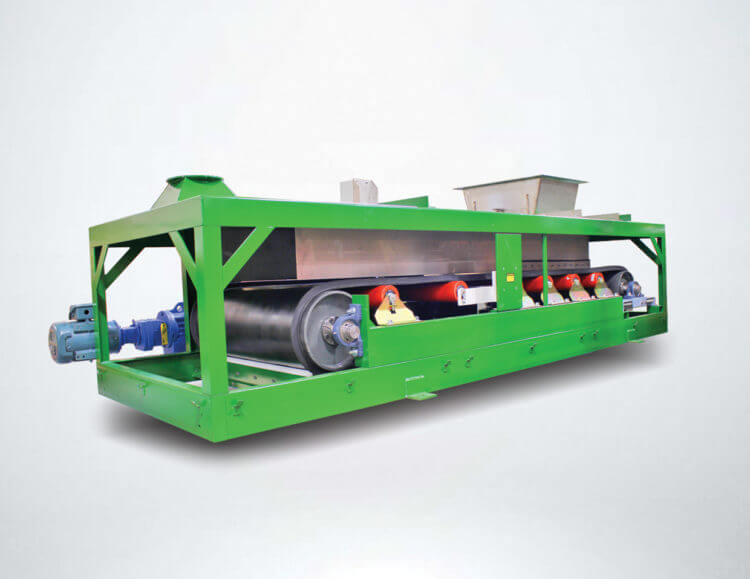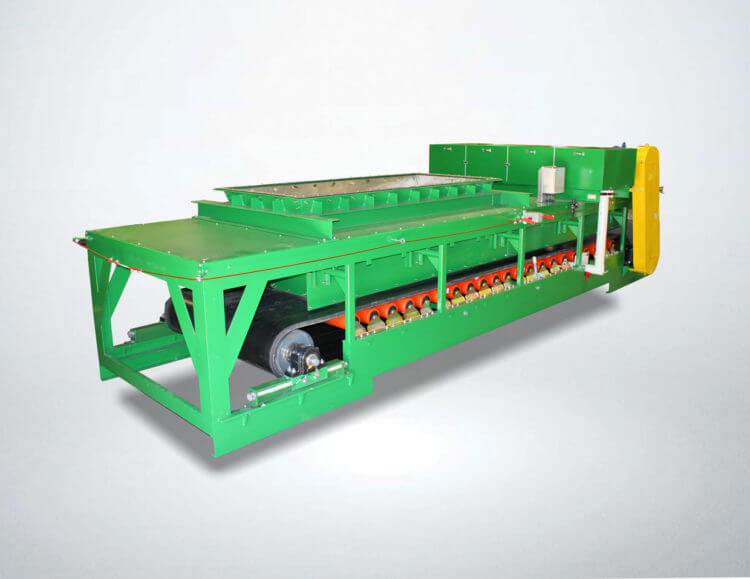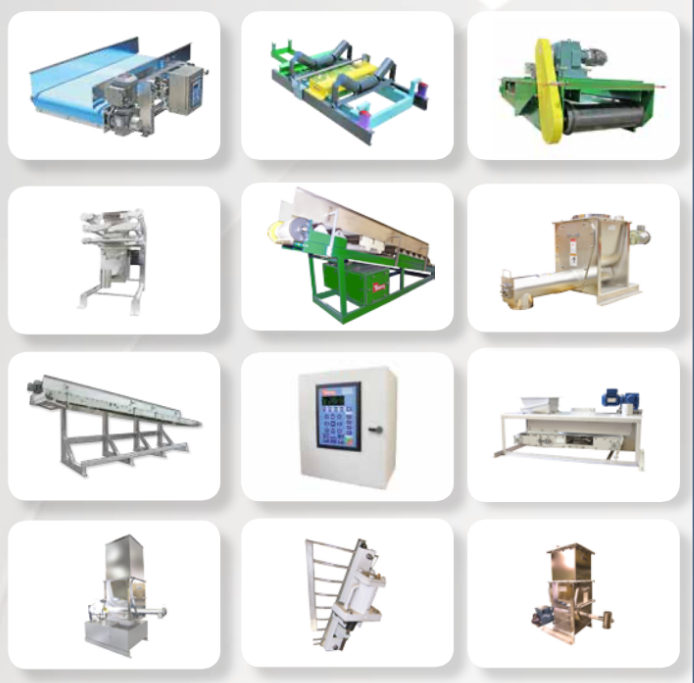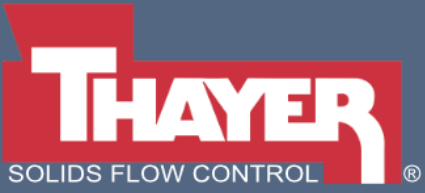Description
MDH Heavy Industry Weigh Belt Feeders
Originally designed for steel mill service, Thayer’s Weigh Belt Model MDH benefits put it into a class by it self. The Model MDH offers an extremely robust design with an intense commitment to quality and attention to detail. With over 60 years of weigh belt experience THAYER produces a weigh belt that is highly accurate, rugged and dependable. THAYER feeders are built to endure the rigors of high capacity feeding and heavy density materials ranging in particles sizes from fines to 6″ lumps. The bottom line of using a THAYER Model “MDH” in your process translates into reduced operating downtime, lower overall cost and quick return on your investment.
Slack belt design for more stable accuracy
The MDH belt is driven from the head pulley located at the outlet end of the feeder, rather than the tail pulley located at the end inlet. This permits lower belt tension during operation for better sensitivity and more stable accuracy. The head pulley is crowned to prevent belt tracking problems and is sheathed in rubber lagging to prevent belt slippage.
Inlet dimensions custom tailored
Ensures uniform with-drawl of material from storage. Very careful consideration is given to density, particle size and handling characteristics of your material.
Speed sensor mounted at idling tail pulley
Measures the true speed of the belt via rotation of the idling pulley, not an inferred belt speed based on motor speed. Belt slippage or breakage is immediately detected because the idling pulley stops rotating.
Scale outside material handling area
An idler supporting the belt (the “weigh” idler) transmits the load to the scale, which is located outside the weigh belt enclosure. This design has several benefits. The scale is not prone to damage, is out of the way for cleaning, and is not subjected to tare build-up since material cannot fall onto the scale.
Automatic calibration
Thayer Scale’s optional automatic test weight mechanism provides a means for applying a precision test weight to allow completely automatic calibration. The calibration sequence can be initiated via the weigh belt instrument keypad or via a contact closure. The need for test chains is eliminated.
High accuracy, rugged measurement system
100% of the scale’s capacity is used to weigh material. Dead weight of the weigh idler and belt is mass-counterbalanced, thus providing excellent resolution and a high signal to noise ratio. Thayer Scale’s rugged load cell design assures reliable and accurate performance for the life of the weigh feeder.
Screw adjustable idler alignment
The idlers adjacent to the weigh idler are mounted on jacks for easy alignment in the field. All idlers are mounted on individual CEMA brackets, permitting removal to either side without major framework disassembly or belt removal.
Full length adjustable skirt boards
Tapered and flared from the inlet to the discharge to prevent pinching of material between the skirt and the belt. Skirt boards are located inside the belt flanges to provide two barriers to contain material and prevent spillage.
